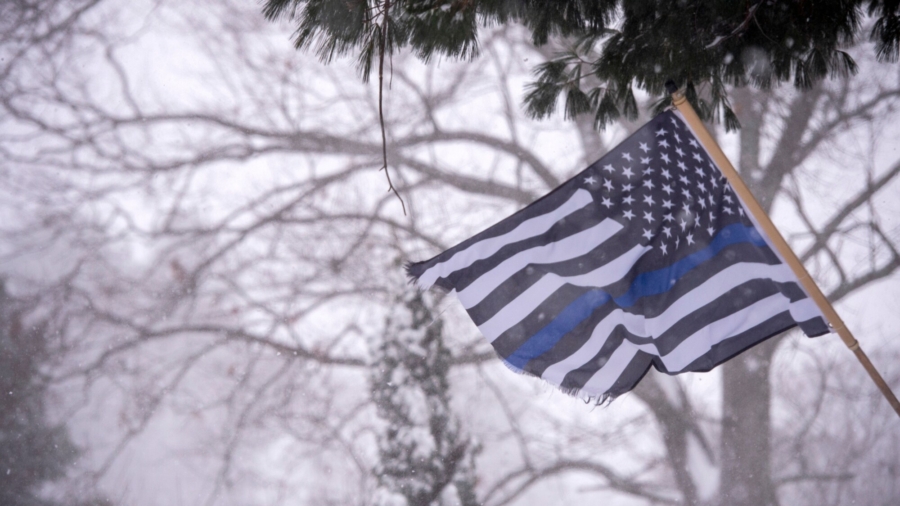The first week of 2021 has started off on a mild note across the Southern United States.
The average and quiet weather pattern is about to change as one potent winter storm after another marches toward the region.
The energy from a storm that produced hurricane-force winds across portions of Southern California has migrated 2,000 miles across the United States. Forecast models suggest its next act may be its most impressive.
The system moved across the Ozarks on Wednesday evening, dropping snow on more than a million people across Northern Arkansas and Southern Missouri. The snow was still falling Thursday morning, where snow totals could reach 3 to 5 inches with even over half a foot possible in elevations above 1,800 feet.
As the system dives farther to the South on Thursday, it’ll tap into moisture from the Gulf of Mexico. This checks off one of the two key ingredients required for producing significant snowfall across the Southern US. The other comes in the form of unseasonably cold temperatures that we find behind the incoming front.
Temperatures are set to fall 5 to 10 degrees below seasonal averages on Thursday and Friday in the region, setting the stage for accumulating snow for millions as the weekend nears.
Winter storm watches are in effect across Eastern Tennessee, Northern Georgia, Western North Carolina, and Southern Virginia from late Thursday into late Friday afternoon, according to the National Weather Service.
The city of Charlotte is on alert for a shot of accumulating snowfall from late Friday morning into early Friday afternoon. The low-pressure center location and just how much cold air it will have to work with will be the limiting factors in getting the Queen City its first snowfall of the season.
Contrary to popular belief, snowfall in Charlotte is not uncommon. The city averages about 4 inches of the white stuff per year, roughly the same as Seattle, Washington.
“Charlotte has never gone an entire winter without at least a trace of snow since records have been kept in 1879,” said CNN meteorologist Allison Chinchar.
Interestingly enough, Thursday marks the 25th anniversary of the blizzard of ’96, which formed across the South and brought unprecedented snow along the Eastern seaboard.
The forecast models are hinting at a rain/snow line that could be hugging the Charlotte metro on Friday morning, which could make for a slushy mix of wintry precipitation in the early part of Friday. Minor variations between the storms placement and brief periods of heavy precipitation could bring enough cold air down to the surface to create hazardous conditions for at least a few hours on Friday afternoon.
In the higher elevations, confidence is much higher that the combination of cold air and available moisture will produce a winter wonderland in parts of the Smokies and the Appalachians. As much as 6 inches of fresh snow could fall in western parts of North Carolina in places such as Highlands, Asheville and Boone. The ski slopes across Beech, Sugar and Grandfather Mountain all expect 6 to 8 inches of new snow. The highest snow totals are expected in east-facing slopes as easterly upslope winds will maximize lift here and squeeze out the most impressive snow totals. As air is forced to rise, it will further cool and condense, leaving behind as much 10 inches or more snow in these favorable regions of Western North Carolina.
Locations such as Hickory, Winston-Salem and Greensboro could all see accumulating snow beginning Thursday night and continuing into Friday afternoon with as much as 1 to 2 inches. Light accumulation is also possible as far north as Blacksburg and Roanoke, West Virginia.
Although the winter season is a little more than two weeks old, it resembles the winter of 2010-11 across the Southern United States. That year was marked with numerous bouts of cold air and impressive snowfall.
“Cities such as Atlanta and Charlotte both recorded above-average snow totals,” said CNN meteorologist Michael Guy. “What makes this notable was that the winter of 2010-11 was also a La Niña year, which would normally signal warmer and drier conditions for the region.”
Guy points out that while La Niña can be a seasonal predictor of what to expect, other factors can play a role in driving colder or wetter storms across the southern United States on a shorter time scale.
Although too early to tell for sure, models are also hinting at a secondary system that could eye a wider area of the region stretching from Texas, toward the Gulf Coast and through the Southeast. The weekend weather maker is forecast to move across the Pacific Northwest on Friday and rapidly skirt south toward the Four Corners region by Saturday.
Here, some models suggest the system could draw closer to the Gulf of Mexico, supplying it plenty of moisture to create a wintry mess across the Lone Star State late Saturday into Sunday. The blanket of snow continues from Texas, through the South and up to New York from Tuesday.
Other models are not as bullish with the potency of the storm just yet.
And just Wednesday, many computer models showed the moisture from this storm system as far south as Florida, where it won’t be cold enough for snow.
By Pedram Javaheri


